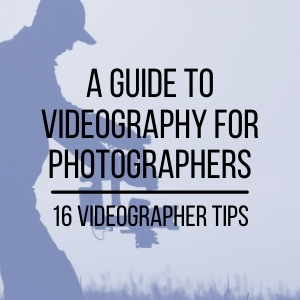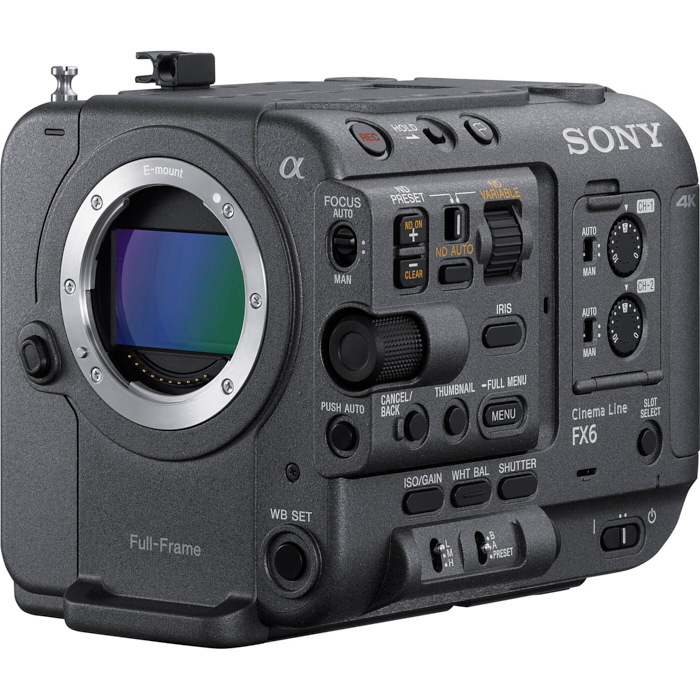Megapixels. That’s generally the buzzword new photographers harp on when buying a new camera. The more the better, right? Not necessarily.
Not long ago the megapixel war subsided in favor of better ISO performance. DSLRs seemed to top out at around the 24-30 megapixel count for a while, letting new models improve on ISO performance and other features rather than more pixels (See Canon 1DX and Nikon D5 for examples). Recently, however, the camera world has shifted back to the “more the merrier” mentality towards resolution.
The Nikon D800 was the first DSLR to really make the medium format crowd shake in their boots. Boasting a CMOS sensor, high pixel count, and better ISO performance (than medium format) was quite impressive. The addition of the D800E made the most out of the high resolution sensor by removing the anti aliasing filter, allowing for sharper images. But even at 36 megapixels people discovered the pitfalls of high resolution sensors. More on this in a moment...
Then came the 50 megapixel medium format CMOS sensor. Designed by Sony, first released by Phase One, then Hasselblad, and finally Pentax, the medium format market lit up with the promise of faster transfer rates, increased ISO performance, and DSLR quality (or close enough) live view; all piled into a larger than 35mm sensor. Now we have the Nikon D850 and Sony A7R III. It’s SO EASY to take GREAT photos with those cameras, right?
Wrong.
With great megapixel count comes great responsibility. A higher resolution sensor means that the room for error for nearly anything affecting image quality is much, much smaller. Those pixels will reveal every defect in the lens and every subtle vibration in the camera. In all reality, it’s much easier to take a bad image than a good image with a high resolution (30MP and above) camera.
This tendency is well known in the medium format world. Great lengths are taken to minimize any and all vibration so that the images are as sharp as possible. The slightest shake or twitch could result in an unacceptably soft image at full resolution. Those unfamiliar with this behavior will have a rude awakening when using 40+ megapixel cameras the same way as their 24 megapixel cameras. The reason for this is due to the incredibly small pixel pitch that happens when you pack 40 million or more pixels onto a 35mm full-frame sensor. Unfortunately this is a recipe for motion blur. Not the kind of motion blur you see on the back of the Camera’s LCD and can reshoot to correct, but the kind you only see later while reviewing photos on the computer. The kind that will turn images you thought were keepers into rejects if you’re not careful.
Oh, yes, tripods are also a must. The old motion blur rule of shooting at the closest shutter speed to the focal length of the lens you’re using to achieve an acceptable motion-free image does not apply here. You must either be able to shoot with an even faster shutter, or use a tripod. Relying on image stabilization while shooting handheld with a long lens? Fuggedaboutit.
Many people will point to the fact that the photosite size of these high-MP cameras is similar to that of normal resolution APS-C sized sensors like the Nikon D500. Photosites have to be smaller in order to fit on a smaller sensor, right? Problem here is that looking at a D850 file at 100% and a D500 file at 100% are very very different. A 46 megapixel file and a 20 megapixel file are two completely different animals and will handle motion blur differently, even though the photosite size is similar.
ISO is another factor dependant on pixel pitch and megapixel count. Generally, the more pixels you push together, the more noise you will have at higher ISO. Photosites (or what are generally referred to as pixels) gather light. The smaller a photosite is, the less light it can gather.
Lenses are the next weakest link when dealing with high resolution cameras. Lenses are only capable of resolving a certain amount of detail. While the top-level glass from most manufacturers is designed to a higher standard and is generally very sharp with high resolving power, we’re just now using them in combination with this amount of pixels. On top of that, any lack of sharpness, chromatic aberration, or blooming already apparent in lenses used on normal cameras will be far more visible once they’re on a camera with a greater megapixel count.
Let’s also not forget space requirements. Every press of the shutter at full resolution (why else buy a 40MP camera?) will cost you at least 40MB; even larger file sizes at higher ISO. Many photographers shoot thousands of images at a time on a shoot or even more when on location. That’s a big investment in hard drive space. Fortunately drives are becoming less expensive all the time, but still aren’t sold for pennies. There are sRAW and mRAW options available for times when you don’t need the full resolution, but why even get one of these cameras if you’re not going to take advantage of the megapixels? At that point, you should probably just use a camera with a lower pixel count. That being said, reducing file size with medium format cameras will reduce resolution but still offer a larger-than-35mm sensor, so you’ll still end up ahead of most DSLRs.
So why all doom and gloom? It’s important to understand the limits of your gear and have realistic expectations. Depending on the type of shooting you do, a 40+ megapixel camera may not be the best choice for you. Any large megapixel count cameras to come in the near future will probably not be speed demons, though the computing power of smaller and smaller chips is steadily increasing. With that said, lock a high megapixel camera down on a tripod with a really good lens and man oh man, get ready to have your eyes pop out of your head at the detail/sharpness. Once your software finishes rendering the preview, of course.






